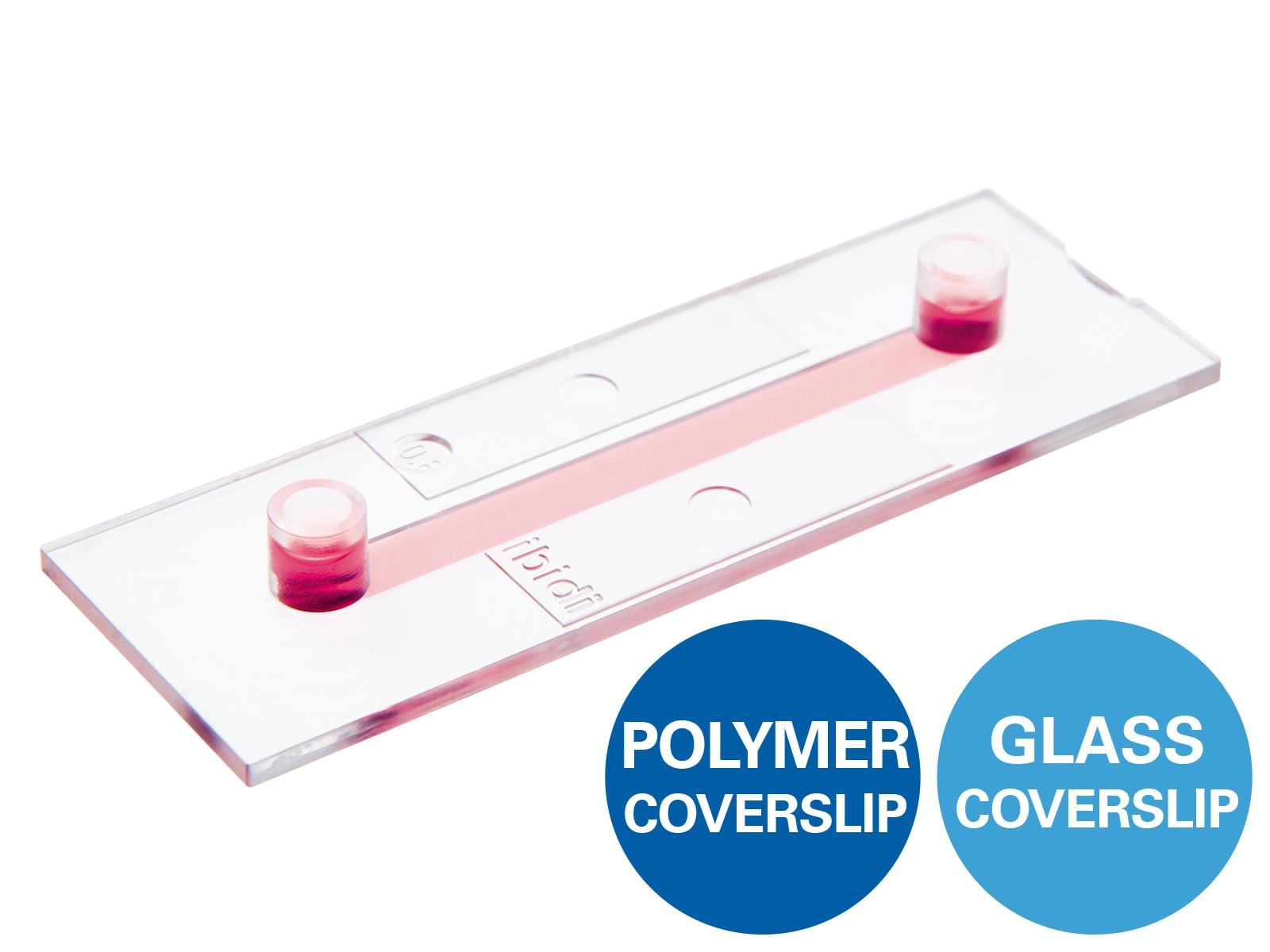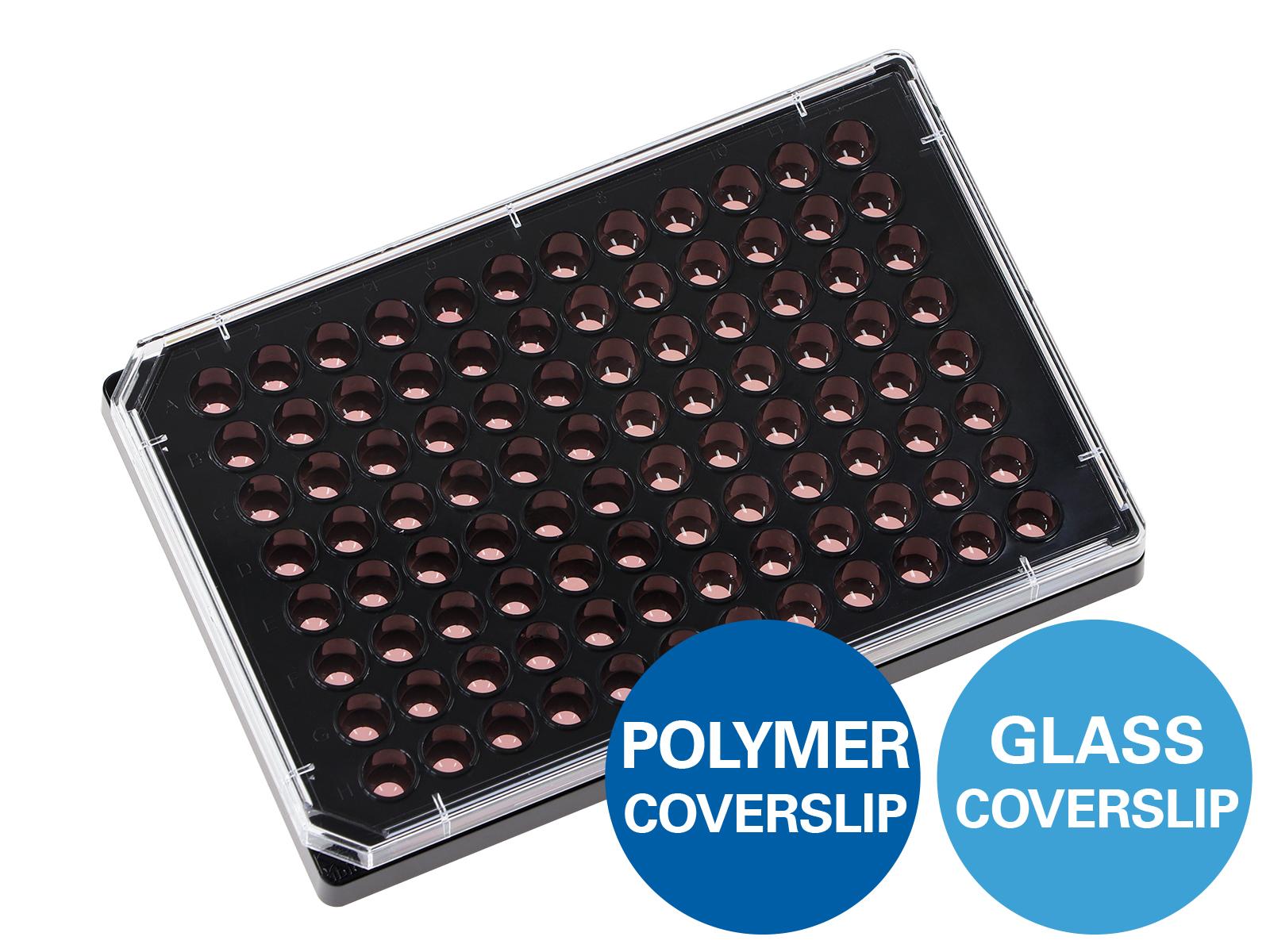Angiogenesis in Development and Disease
The blood vessel network is comprised of various functions in the mammalian organism. Vessels deliver fluids, gases, molecules, and cells to every part of the body. In addition, immune cells use the blood vessels to patrol through the body, protecting us against bacteria, viruses, and parasites.
Blood vessel formation is a crucial process during development, health, and disease. In adults, it occurs during wound healing, skeletal growth, pregnancy, and the menstrual cycle, for example. Dysregulated vessel growth is often involved in serious diseases, such as stroke, myocardial infarction, arteriosclerosis, and arthritis. Furthermore, tumor vascularization is one of the hallmarks of cancer.
ibidi Blog Article |
For a deeper dive into the role of angiogenesis in both development and disease, check out our blog article Vessels of Life: How Angiogenesis Shapes Health and Disease.
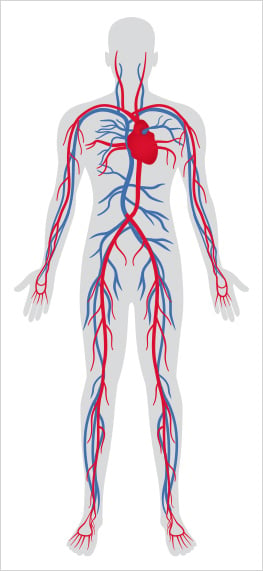
Vasculogenesis and Angiogenesis
The blood vessel network is formed by two distinct mechanisms: vasculogenesis and angiogenesis.
Vasculogenesis is the de novo formation of blood vessels. Mesodermal precursor cells (angioblasts) differentiate into endothelial cells, which then assemble to build new arteries and veins.
Angiogenesis is the expansion of the vascular network by sprouting from existing vessels.
This sequence of cellular events includes breaking of cells through the basement membrane, cell migration, cell proliferation, and cell-cell communication.
One of the driving stimuli of this tightly regulated process is hypoxia, which induces the expression of several proangiogenic genes. Due to this, the inhibition or activation of angiogenesis offers many therapeutic opportunities.
For example, blocking the proangiogenic vascular endothelial growth factor (VEGF) with bevacizumab has been shown to improve the outcome of many patients with metastatic colorectal cancer (mCRC) and non-small-cell lung cancer (NSCLC), although some resistances remain. Angiogenesis assays give insight into the pro- or antiangiogenic potential of various agents, and thereby help to develop novel therapeutic approaches.
Carmeliet P, Jain RK (2011) Molecular mechanisms and clinical applications of angiogenesis. Nature 473(7347):298–307, 10.1038/nm0603-653.
Read article
Rosen LS, Jacobs IA, Burkes RL (2017) Bevacizumab in Colorectal Cancer: Current Role in Treatment and the Potential of Biosimilars. Target Oncol 12(5):599–610, 10.1007/s11523-017-0518-1.
Read article
Read on and learn more about Angiogenesis Assays or the Experimental Workflow of a tube formation assay.
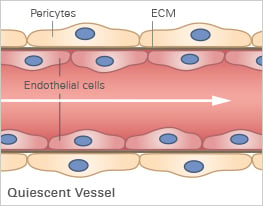
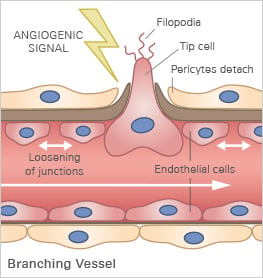
During angiogenesis, new blood vessels extend from existing vessels. Endothelial cells break through the basement membrane and migrate in the direction of an angiogenic stimulus that is produced by cancer cells, activated macrophages, or lymphocytes, for example. Behind this migrating front, cells proliferate and reorganize to form a new, three-dimensional blood vessel.


